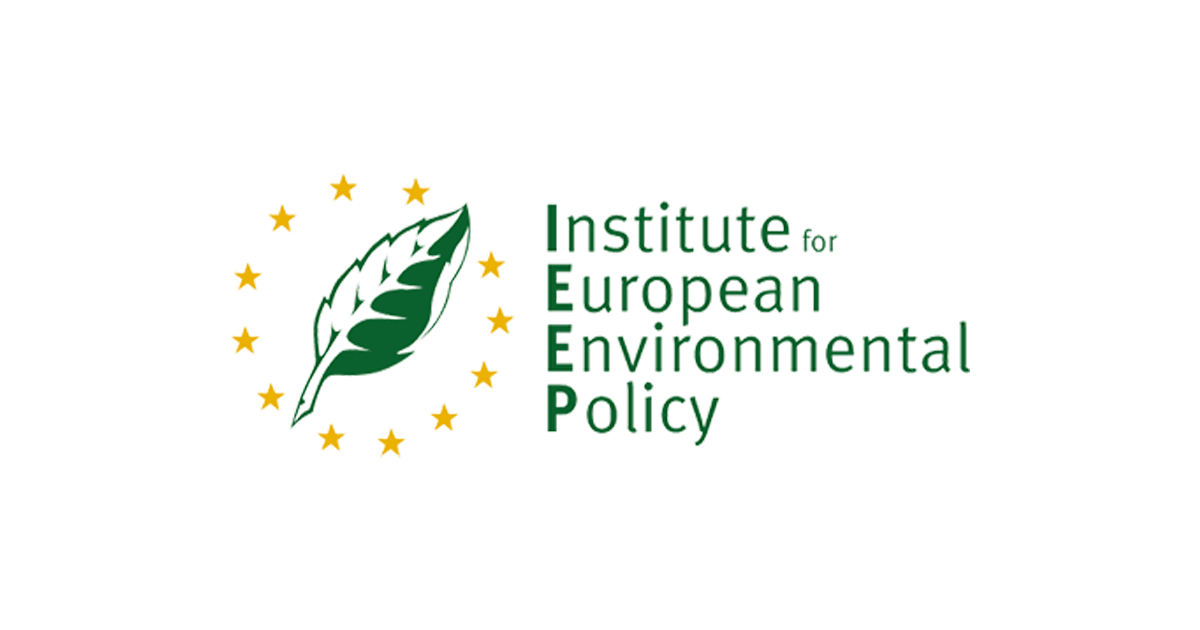The EU Natura 2000 network is the largest protected area system in the world. It comprises more than 27,300 sites and covers 18% of the EU’s land area. The network also includes an increasing number of marine protected areas (MPAs), currently over 3,000 sites covering 318,000 km2 – an area corresponding to the size of Poland. MPAs are crucial to protecting marine life, but they also support the provision of a range of benefits for human wellbeing in the form of ecosystem services.
Humans benefit from MPAs in several ways. For example, MPAs provide protection for exploited aquatic species and ecosystems, this way helping to sustain healthy and resilient fish stocks. They also function as the storage of carbon in marine and coastal ecosystems and create ample opportunities for recreation and tourism. Assessing and communicating these benefits can enhance the efforts for marine conservation, both in terms of increasing the extent of the protected area network and supporting the management of existing sites.
With the growing number of marine Natura 2000 sites, social and economic co-benefits related to marine conservation are increasingly in the spotlight. For example, the European Commission is interested in exploring how these benefits could be better communicated and assessed in the future. The importance of marine conservation is also high on the global agenda, with the UN summit for the adoption of the post-2015 development goals held at the end of September. Conservation and sustainable use of the world’s oceans, including enhancing the contribution of marine biodiversity to sustainable development, is one of the foreseen objectives for 2030.
A new scoping study by IEEP, funded by DG Environment of the European Commission, offers a useful overview of the published estimates of the ecosystem services provided by European MPAs, both in physical and monetary terms. It also proposes a step-wise methodology to assess the overall benefits provided by the EU’s marine Natura 2000 network. The report shows, for example, how local communities and visitors to marine sites already benefit from protected areas. It also highlights that there is still a need for better local data on the types and magnitude of these different benefits.
For more information on IEEP’s work related to the benefits of MPAs, please contact Patrick ten Brink (ptenbrink@ieep.eu).



